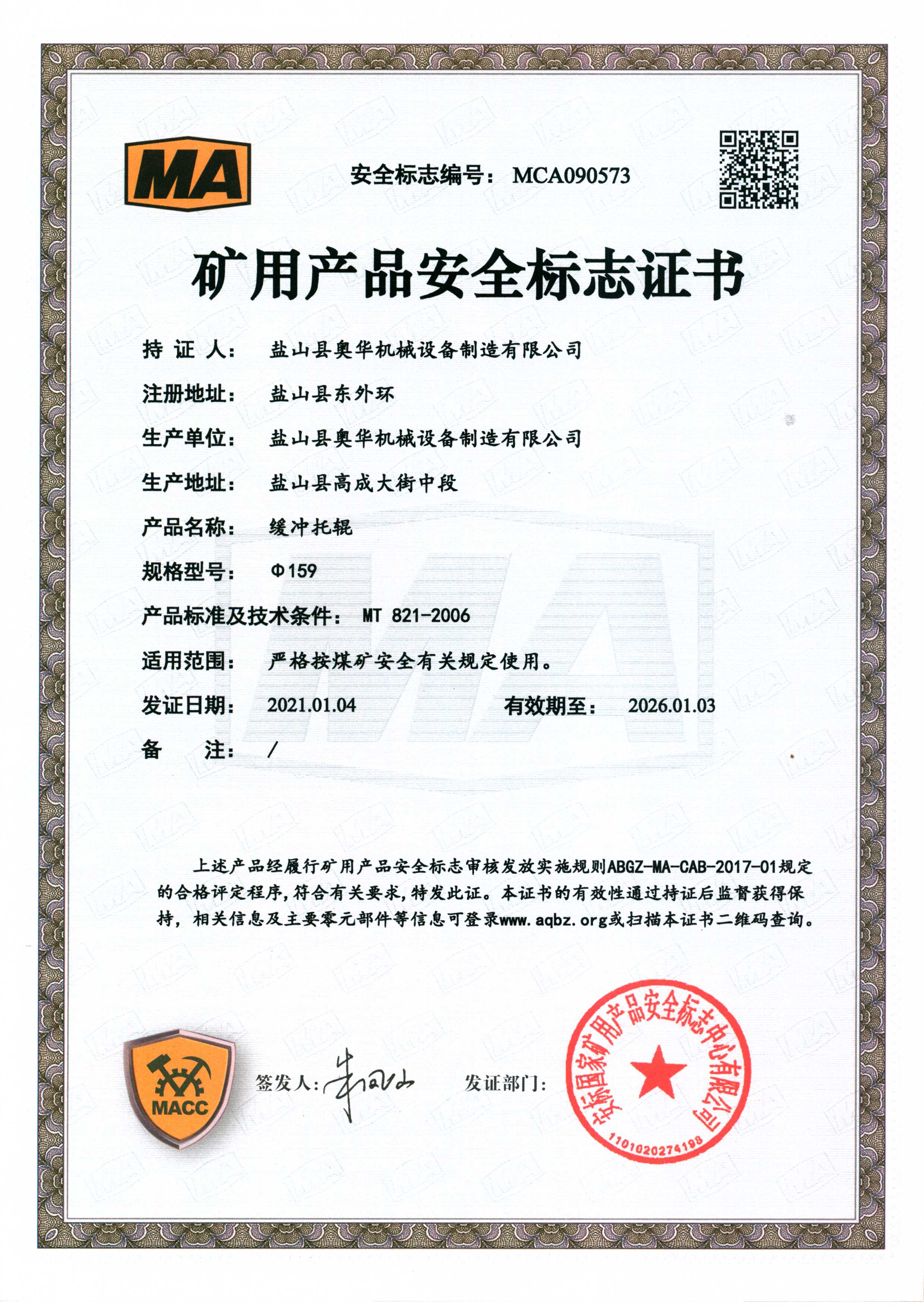 Afrikaans
Afrikaans  Albanian
Albanian  Amharic
Amharic  Arabic
Arabic  Armenian
Armenian  Azerbaijani
Azerbaijani  Basque
Basque  Belarusian
Belarusian  Bengali
Bengali  Bosnian
Bosnian  Bulgarian
Bulgarian  Catalan
Catalan  Cebuano
Cebuano  Corsican
Corsican  Croatian
Croatian  Czech
Czech  Danish
Danish  Dutch
Dutch  English
English  Esperanto
Esperanto  Estonian
Estonian  Finnish
Finnish  French
French  Frisian
Frisian  Galician
Galician  Georgian
Georgian  German
German  Greek
Greek  Gujarati
Gujarati  Haitian Creole
Haitian Creole  hausa
hausa  hawaiian
hawaiian  Hebrew
Hebrew  Hindi
Hindi  Miao
Miao  Hungarian
Hungarian  Icelandic
Icelandic  igbo
igbo  Indonesian
Indonesian  irish
irish  Italian
Italian  Japanese
Japanese  Javanese
Javanese  Kannada
Kannada  kazakh
kazakh  Khmer
Khmer  Rwandese
Rwandese  Korean
Korean  Kurdish
Kurdish  Kyrgyz
Kyrgyz  Lao
Lao  Latin
Latin  Latvian
Latvian  Lithuanian
Lithuanian  Luxembourgish
Luxembourgish  Macedonian
Macedonian  Malgashi
Malgashi  Malay
Malay  Malayalam
Malayalam  Maltese
Maltese  Maori
Maori  Marathi
Marathi  Mongolian
Mongolian  Myanmar
Myanmar  Nepali
Nepali  Norwegian
Norwegian  Norwegian
Norwegian  Occitan
Occitan  Pashto
Pashto  Persian
Persian  Polish
Polish  Portuguese
Portuguese  Punjabi
Punjabi  Romanian
Romanian  Russian
Russian  Samoan
Samoan  Scottish Gaelic
Scottish Gaelic  Serbian
Serbian  Sesotho
Sesotho  Shona
Shona  Sindhi
Sindhi  Sinhala
Sinhala  Slovak
Slovak  Slovenian
Slovenian  Somali
Somali  Spanish
Spanish  Sundanese
Sundanese  Swahili
Swahili  Swedish
Swedish  Tagalog
Tagalog  Tajik
Tajik  Tamil
Tamil  Tatar
Tatar  Telugu
Telugu  Thai
Thai  Turkish
Turkish  Turkmen
Turkmen  Ukrainian
Ukrainian  Urdu
Urdu  Uighur
Uighur  Uzbek
Uzbek  Vietnamese
Vietnamese  Welsh
Welsh  Bantu
Bantu  Yiddish
Yiddish  Yoruba
Yoruba  Zulu
Zulu Jul . 11, 2024 02:58
Back to list
idler roller returns provide efficient and reliable performance for industrial machinery.
Return idler rollers are an essential component in conveyor systems that are used to support and guide the conveyor belt. These rollers are specifically designed to provide proper tension to the belt, preventing slippage and ensuring smooth operation. In this article, we will explore the importance of return idler rollers in conveyor systems and their role in ensuring efficient material handling.
Return idler rollers are typically located beneath the conveyor belt near the tail pulley. They are responsible for supporting the belt as it returns back to the loading point after carrying the material to its destination. These rollers are mounted on a frame and are positioned at regular intervals along the length of the conveyor system.
One of the key functions of return idler rollers is to provide support to the conveyor belt and prevent sagging. The rollers are designed to have a low friction surface, which helps in reducing the drag on the belt and minimizes wear and tear. By providing proper support, the rollers ensure that the belt runs smoothly and efficiently, without any jerking or bouncing.
Return idler rollers also play a crucial role in maintaining the tension of the conveyor belt. Proper tension is important to prevent the belt from slipping or coming off the pulleys

return idler roller. The rollers are strategically positioned to exert the right amount of force on the belt, ensuring that it stays in place and maintains its alignment throughout the conveying process. In addition to support and tensioning, return idler rollers also help in guiding the conveyor belt along its path. The rollers are designed to have a slight taper on the ends, which helps in centering the belt and preventing it from drifting off track. This ensures that the material being carried on the belt is properly distributed and does not spill over. Proper maintenance and regular inspection of return idler rollers are essential to ensure their effective functioning. Over time, the rollers can wear out due to constant contact with the belt and the material being conveyed. It is important to check for any signs of damage, such as wear, cracks, or misalignment, and replace the rollers as needed to prevent any disruptions in the conveyor system. In conclusion, return idler rollers are a critical component in conveyor systems that help in supporting, guiding, and tensioning the conveyor belt. By ensuring proper alignment and tension, these rollers contribute to the efficient operation of the conveyor system and facilitate smooth material handling. Regular maintenance and inspection of return idler rollers are necessary to ensure their longevity and optimal performance.

return idler roller. The rollers are strategically positioned to exert the right amount of force on the belt, ensuring that it stays in place and maintains its alignment throughout the conveying process. In addition to support and tensioning, return idler rollers also help in guiding the conveyor belt along its path. The rollers are designed to have a slight taper on the ends, which helps in centering the belt and preventing it from drifting off track. This ensures that the material being carried on the belt is properly distributed and does not spill over. Proper maintenance and regular inspection of return idler rollers are essential to ensure their effective functioning. Over time, the rollers can wear out due to constant contact with the belt and the material being conveyed. It is important to check for any signs of damage, such as wear, cracks, or misalignment, and replace the rollers as needed to prevent any disruptions in the conveyor system. In conclusion, return idler rollers are a critical component in conveyor systems that help in supporting, guiding, and tensioning the conveyor belt. By ensuring proper alignment and tension, these rollers contribute to the efficient operation of the conveyor system and facilitate smooth material handling. Regular maintenance and inspection of return idler rollers are necessary to ensure their longevity and optimal performance.
Latest news
-
Revolutionizing Conveyor Reliability with Advanced Rubber Lagging PulleysNewsJul.22,2025
-
Powering Precision and Durability with Expert Manufacturers of Conveyor ComponentsNewsJul.22,2025
-
Optimizing Conveyor Systems with Advanced Conveyor AccessoriesNewsJul.22,2025
-
Maximize Conveyor Efficiency with Quality Conveyor Idler PulleysNewsJul.22,2025
-
Future-Proof Your Conveyor System with High-Performance Polyurethane RollerNewsJul.22,2025
-
Driving Efficiency Forward with Quality Idlers and RollersNewsJul.22,2025
OUR PRODUCTS





























